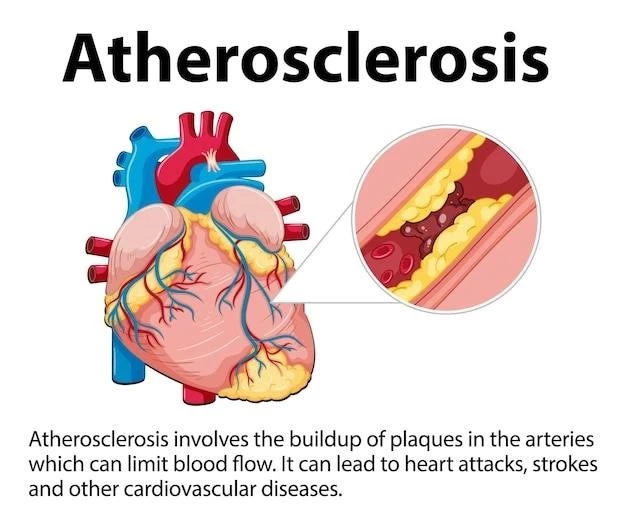Congenital Arteriovenous Shunts

Understanding the causes of Congenital Arteriovenous Shunts is crucial for diagnosis and treatment. Recognizing symptoms and performing proper diagnostics are key steps. Exploring available treatment options is essential. It’s important to be aware of potential complications and how to manage them. Stay informed about surgical procedures and the latest research for improved outcomes.
Causes of Congenital Arteriovenous Shunts
Arteriovenous shunts can be caused by abnormal blood vessel development in the womb. Genetic factors and hereditary conditions may play a role. In some cases, environmental factors during pregnancy can contribute to the development of these shunts. Understanding the underlying causes can help in early detection and management of this condition. It is advisable to consult with healthcare professionals for personalized recommendations based on individual circumstances.
Symptoms and Diagnosis of Congenital Arteriovenous Shunts
Symptoms of congenital arteriovenous shunts may vary depending on the location and size of the abnormal vessels. Common signs include abnormal pulse, swelling, warmth, or redness in affected areas. Diagnosis typically involves imaging tests like ultrasounds, MRIs, or angiograms to visualize the shunts. It is crucial to seek medical attention if experiencing any unusual symptoms to facilitate early detection and appropriate treatment. Regular monitoring by healthcare professionals is essential for accurate diagnosis and management.
Treatment Options for Congenital Arteriovenous Shunts
The treatment for congenital arteriovenous shunts depends on the size, location, and symptoms associated with the abnormal blood vessels. Options may include observation, medication, embolization procedures, or surgery to manage the shunts effectively. It is vital to consult with a healthcare provider to discuss the most suitable treatment plan based on individual circumstances. Adhering to the recommended treatment regimen and attending regular follow-up appointments are essential for optimal outcomes.
Complications of Congenital Arteriovenous Shunts
Complications of congenital arteriovenous shunts may include increased risk of heart failure, stroke, aneurysm, or blood clots. These complications can lead to serious health issues if left untreated. It is crucial to be aware of potential complications and seek immediate medical attention if experiencing any concerning symptoms. Regular monitoring by healthcare professionals is essential to detect and address complications early to prevent further health risks. Adhering to the prescribed treatment plan and lifestyle modifications can help reduce the likelihood of complications.
Management of Congenital Arteriovenous Shunts
Effective management of congenital arteriovenous shunts involves close monitoring of symptoms, adherence to treatment plans, and regular follow-ups with healthcare providers. It is essential to maintain a healthy lifestyle, including a balanced diet, regular exercise, and avoiding smoking, to support overall health and wellbeing. Managing stress levels and seeking support from healthcare professionals and support groups can also contribute to better management of arteriovenous shunts. Stay informed about the condition and actively participate in your care to optimize outcomes.
Surgical Procedures for Congenital Arteriovenous Shunts
Surgical procedures for congenital arteriovenous shunts may include embolization, resection, or vascular reconstruction to correct the abnormal connections between arteries and veins. These procedures aim to eliminate or reduce the shunting of blood between vessels and restore normal blood flow. It is essential to discuss with a skilled surgeon about the most appropriate surgical approach based on individual factors such as the location and size of the shunts. Follow post-operative care instructions carefully and attend scheduled follow-up appointments to facilitate proper healing and recovery.
Lifestyle Changes for Congenital Arteriovenous Shunt Patients
For patients with congenital arteriovenous shunts, adopting healthy lifestyle habits can play a significant role in managing the condition. This can include maintaining a balanced diet rich in nutrients, regular physical activity as appropriate, avoiding smoking, and managing stress levels. It is vital to follow recommendations from healthcare providers regarding medication adherence and monitoring. Educating yourself about arteriovenous shunts and participating in support groups can help you navigate the challenges better. Prioritize self-care and seek assistance when needed to enhance your overall well-being.
Research and Developments in Congenital Arteriovenous Shunts
Ongoing research and advancements in the field of congenital arteriovenous shunts aim to improve diagnosis, treatment, and outcomes for patients. Researchers are exploring innovative techniques such as minimally invasive procedures, targeted therapies, and personalized medicine approaches. Participating in clinical trials or staying informed about the latest developments can provide access to cutting-edge treatments. It is advisable to discuss emerging research with healthcare providers to evaluate potential options that may benefit your condition. Stay engaged with the medical community to stay abreast of progress in congenital arteriovenous shunt management.
